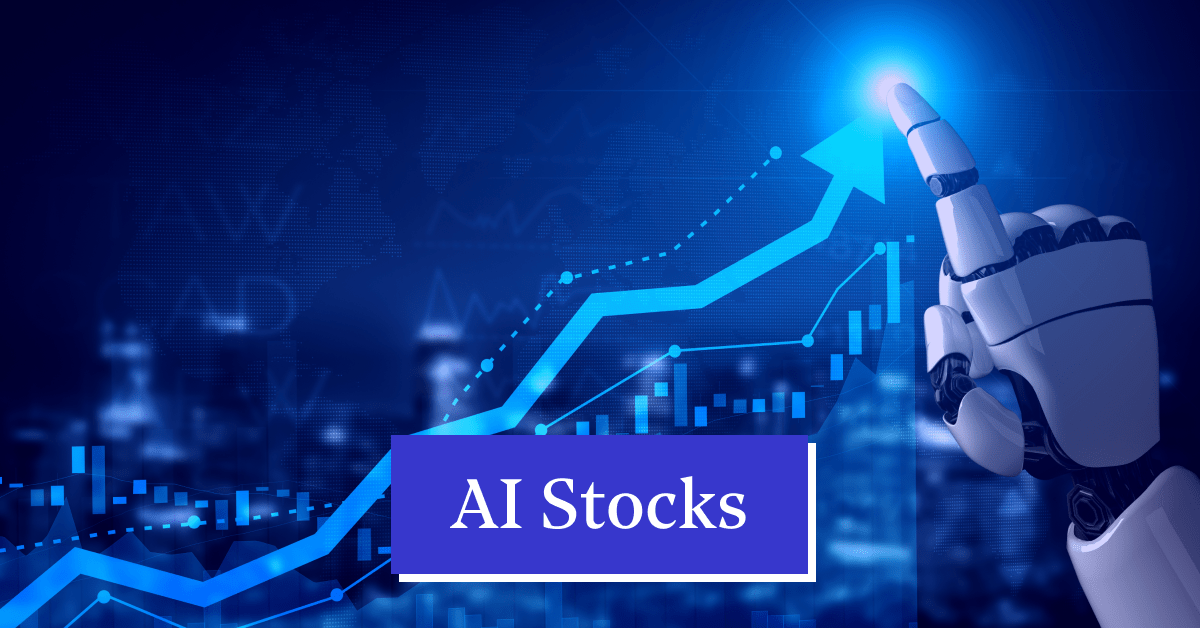20 Recommended Pieces Of Advice For Choosing Trader Ai Review Websites
20 Recommended Pieces Of Advice For Choosing Trader Ai Review Websites
Blog Article
Top 10 Ways To Evaluate The Accuracy & Performance Of Ai Stock Prediction/Analyzing Trading Platforms
Assessing the accuracy and performance of AI stock predicting and analyzing trading platforms is critical to ensure that you're using the right tool to provide solid insights and accurate predictions. Here are the top 10 ways to assess these platforms.
1. Backtesting Results
What to Check: See whether a platform offers backtesting capability to determine the accuracy of its predictions based on the historical data.
Why It Matters Backtesting is a way to confirm the AI model's accuracy by comparing its predictions with actual outcomes from the past.
TIP: Pick platforms that let you customize the parameters of backtesting (e.g. time intervals, asset types).
2. Real-time tracking of performance
What to watch out for: Watch how the platform responds in market conditions in real-time.
Why it matters: The platform's real-time performance gives a more accurate gauge of its efficiency instead of relying solely on past backtesting.
Tip: Try a free demo or trial account to compare real-time market predictions with actual movements.
3. Prediction Error Metrics
What to look for: To quantify the accuracy of your forecasts, evaluate metrics like mean absolute error (MAE) as well as root mean squared error (RMSE), and R-squared.
What is important: The metrics measure the reliability of predictions, compared to actual results.
Tips: Platforms that have openly shared metrics tend to be more transparent.
4. The Winning Rate and the Ratio of Success
What to look for: Examine the platform's win rate, which is the percentage of predictions that are right. Also, look at its success ratio (the profit of trading on the basis of predicted outcomes).
What is important Why It Matters: A high success rate and win rate indicate a greater accuracy in predicting the future, and therefore potential profitability.
It is important to be wary of websites that make untrue claims (e.g., 90% %+),) in the sense that there is no way to guarantee that a system will work.
5. Benchmarking Market Indices against Benchmarks
What to look out for: Compare the platform's predictions and results to important market indexes, such as S&P 500 or NASDAQ.
What is important: This helps determine whether the platform outperforms or underperforms the broader market.
Seek out regular gains over a lengthy period of time.
6. Consistency across Market Conditions
What to look for: Determine how the platform performs under various market conditions (bull or bear markets, high volatility).
What is important A reliable platform should perform well in all market environments, not just in favorable conditions.
TIP: Test the predictions of the platform during periods of volatility or market downturns.
7. Transparency in Methodology
What to Watch Out For: Understand AI models, algorithms, and techniques (e.g. neural networks, reinforcement learning).
What is important Transparency is crucial because it helps you determine the reliability and scientific accuracy of the platform.
Avoid platforms with "black box" models that do not provide an explanation of the method of generating predictions.
8. User Reviews & Independent Testing
What to Look for: Read customer reviews and independent testing or third party reviews.
Why it matters The independent reviews and tests offer objective information about the platform's accuracy and performance.
Tips: To know what other users are saying about the service, visit forums such as Reddit copyright as well as financial blogs.
9. Risk-Adjusted Returns
What to Look For What to Look For: Assess the platform's performance by using risks-adjusted indicators such as the Sharpe Ratio or Sortino Ratio.
What is the significance of this metric accounts for the risk that is taken to earn returns. It gives a more complete view of performance.
Sharpe Ratio is an excellent indicator of the risk-adjusted return.
10. Long-term Track Record
What to Look For: Assess the platform's performance over a longer period (e.g. 3 to 5 years).
Why it is Important : Long-term performances are a better indication of reliability than results in the short term.
Avoid platforms which only show some short-term results or only show a few instances of success.
Bonus Tip Test with Demo Account
Try out the platform with no cost demo accounts to determine how reliable it is in real-time. This allows you to assess the accuracy and effectiveness of the system in real-time.
Utilize these suggestions to fully examine the accuracy, performance and the reliability of AI stock prediction and analysis platforms. It is then possible to select the one that is most compatible with both your trading goals, and your risk tolerance. Don't forget that no platform will be the perfect one. Combining AI knowledge with your studies is the best method to choose. Have a look at the most popular invest ai examples for more tips including best stock analysis app, invest ai, best artificial intelligence stocks, trade ai, best ai for trading, trade ai, stock analysis websites, ai trading bot, ai investing app, ai trading software and more.
Top 10 Tips To Assess The Updates And Maintenance Of Ai Stock Trading Platforms
The updates and maintenance of AI stock prediction and trading platforms are critical for ensuring they are safe, effective and in line with the evolving market conditions. Here are 10 guidelines for evaluating their maintenance and update practices:
1. The frequency of updates
Check when updates are released (e.g. each week, or monthly or quarterly).
The reason: Regular updates reveal the active development of the company and its ability to react to market changes.
2. Transparency and Release Notes
Check out the release notes for your platform to find out what improvements and changes were made.
Why: Transparent release notes show the platform's dedication to continual improvement.
3. AI Model Retraining Schedule
Tips: Find out how often AI models are trained with new data.
What is the reason? Markets fluctuate and models need to be revised to maintain precision.
4. Correction of bugs and issues
Tips: Check how quickly the platform addresses bugs or technical issues reported by users.
Why: Bug fixes are made as soon as possible in order to ensure that the platform remains stable and reliable.
5. Updates on Security
TIP: Check that the platform is regularly updating its security protocols to secure the user's data as well as trading activities.
Why: Cybersecurity is a crucial aspect of the financial services. It helps to protect against fraud and breaches.
6. Integrating New Features
TIP: Check to see if the platform has added new functions (e.g. enhanced analytics, new sources of information) on the basis of user feedback and/or market trends.
The reason: The feature updates demonstrate the ability to innovate and respond to user needs.
7. Backward Compatibility
Tip: Ensure the updates you install don't require major reconfiguration or disrupt the functionality of your current system.
Why? The backward compatibility of the software assures smooth transitions.
8. User Communication during Maintenance
It is possible to evaluate the transmission of maintenance schedules and downtimes to users.
The reason: Clear communication minimizes interruptions and increases confidence.
9. Performance Monitoring and Optimization
TIP: Make sure the platform is constantly monitoring the performance metrics (e.g. latency, accuracy) and then optimizes the system.
Why: Ongoing optimization of the platform ensures it remains efficient and scalable.
10. Conformity with Regulation Changes
TIP: Determine if the platform updates its policies and features to ensure that they are in line with the new rules on financial regulation or data privacy laws.
Why: It is important to comply with regulations in order to avoid legal risk and keep the trust of users.
Bonus Tip User Feedback Integration
Find out if the platform integrates feedback from users when it comes to updates and maintenance procedures. This shows a method that is based on feedback from users and a desire to improve.
If you evaluate these elements it is possible to ensure that the AI trading and stock prediction platform you choose is well-maintained, up-to-date, and able of adapting to changing market dynamics. Take a look at the top rated her latest blog on invest ai for blog info including best ai trading software, best stock analysis app, ai trading platform, trader ai intal, ai based trading platform, ai investment platform, trader ai review, ai stock picker, trader ai review, best ai for trading and more.